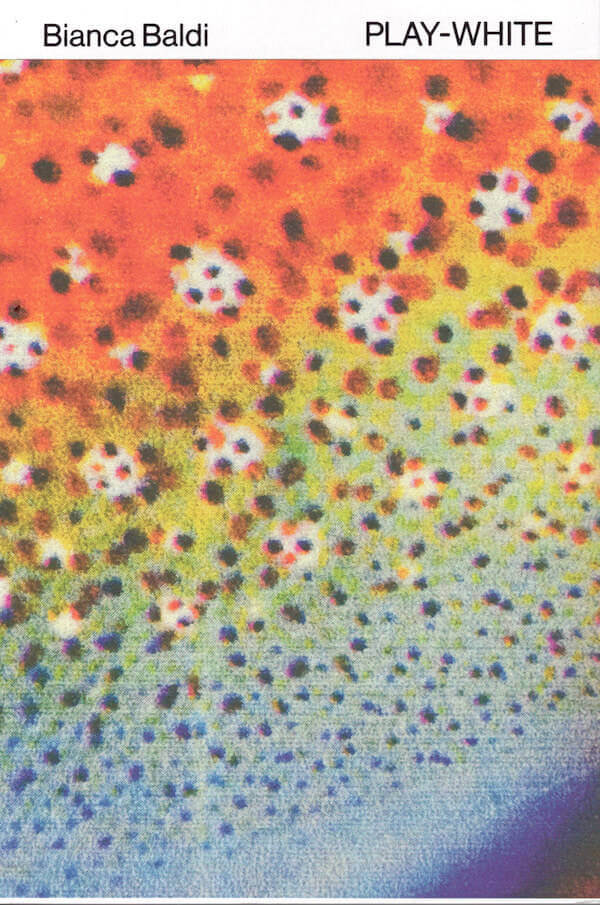
Our Silver Lining
Our Silver Lining is an ongoing collection of everyday observations by Maite Vanhellemont.
"All film stills and photos collected in this publication were unstaged and shot between the spring of 2018 and the winter of 2020 using a iPhone 8. A selection of the film stills was previously shown during a digital pop-up exhibition in Amsterdam's subway network in the context of Museum Nacht 2019.
The text ‘Wat Niemand Ziet’ is also part of Jan Zwaaneveld’s collection of short stories of the same name, which was published in the spring of 2021. The title of this publication refers to a text I came across above a house in Ostend (BE), during a family weekend in the autumn of 2018. Perhaps according to some a cliché, but I experienced this as a piece of poetry, which you sometimes just stumble upon."







